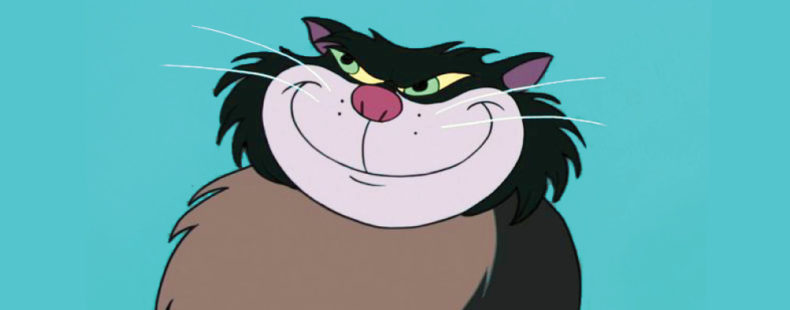Bad dog!
No matter how bad the bad guy, where would they be without their faithful animal companions? A lot of times, these animals serve an important function. They humanize the villain and show that there’s at least one other living thing they care about.
And, who among us hasn’t had at least one moment where we thought “The whole world can burn to the ground . . . except my dog.” Villains: They’re just like us. Let’s explore some of the most famous villain/animal duos to see why . . . maybe . . . they aren’t that bad.





















